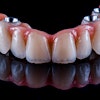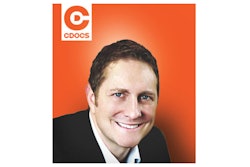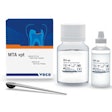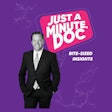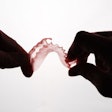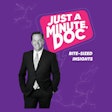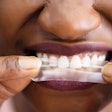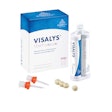In this clinical tip, courtesy of CDOCS, the late Dr. Ross Enfinger focuses on dental implant planning.
We, at DrBicuspid.com, were very saddened to learn about Dr. Enfinger's recent passing, and we extend our deepest sympathies to his family and work colleagues.
Video transcript
"This is Dr. Ross Enfinger for CDOCS with the cone-beam tip of the day.
"In today's video, I'm going to be showing you how to import a full-arch provisional bridge into SICAT Implant 2.0 for virtual implant planning.
"So as you can see with this patient, we have retained four teeth on the upper arch to support a provisional, and this patient's a terminal dentition, so eventually we're going to extract all the teeth and place implants. But before we do that, we want to generate our prosthetic information so we can plan our implants as efficiently and predictably as possible.
"What I've done is I've imaged the patient in Primescan after prepping the teeth. I've imaged the BioCopy provisional, and I've sent that to in-lab for a refined BioCopy provisional. So we have the design coming in now from in-lab, and we select the prep teeth. OK? So this is very important, right? We are generally selecting our matching points based on teeth, but they're not typically prep teeth. In this case, though, we're going to use the prep teeth to stitch the datasets together.
"I've selected our matching points here with our prep teeth, and then once we confirm that our stitch is accurate, which in this case, it is very accurate, we can move forward to finish, and we'll notice that we have our prosthetic information now superimposed over our cone-beam scan.
"So I'm just verifying at this stage that the stitch is completely accurate across the arch, and with Primescan, we get that type of cross-arch accuracy.
"Now we have brought in our prosthetic information. We can see our full arch bridge now superimposed over top of our CT data. So from here, we can now see our prosthetically driven implant plan, and we can start to virtually plan our implants at the proper angulation and depth. I covered all that in a prior video.
So if you need help with virtual implant planning, please join us for the next cone beam tip of the day. Thanks so much."


